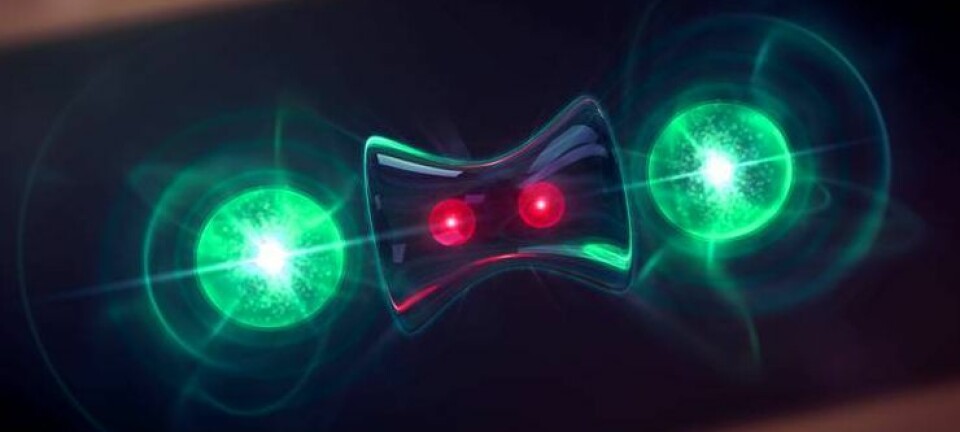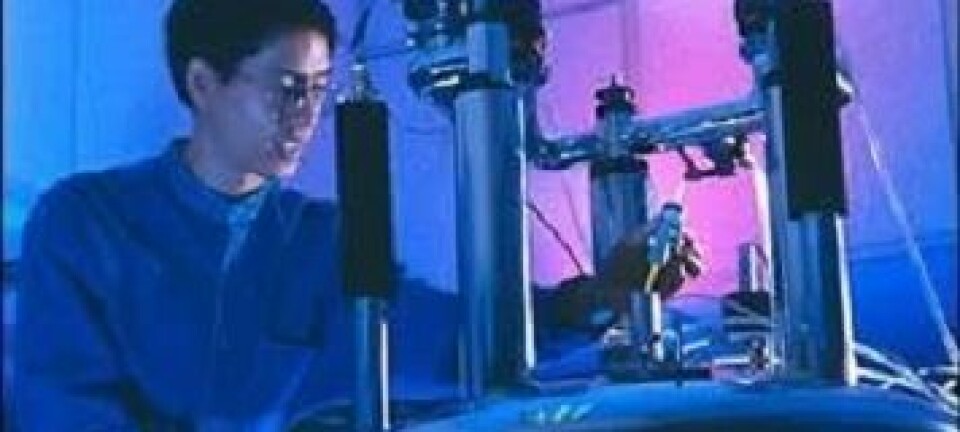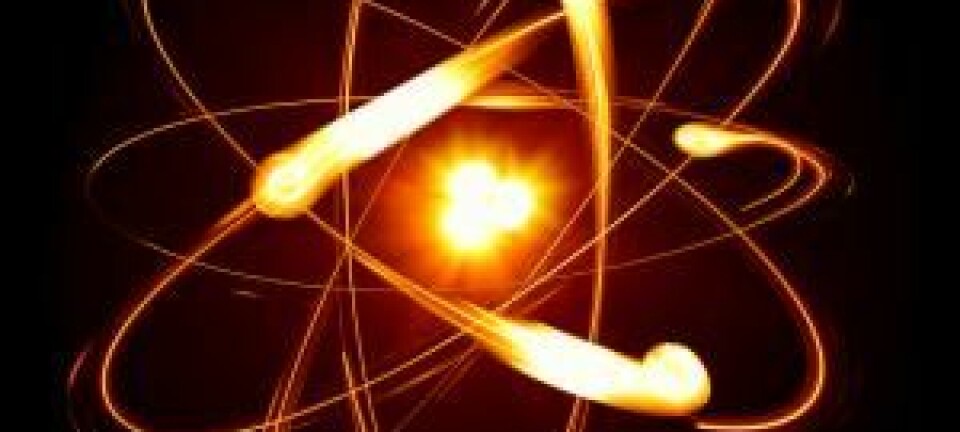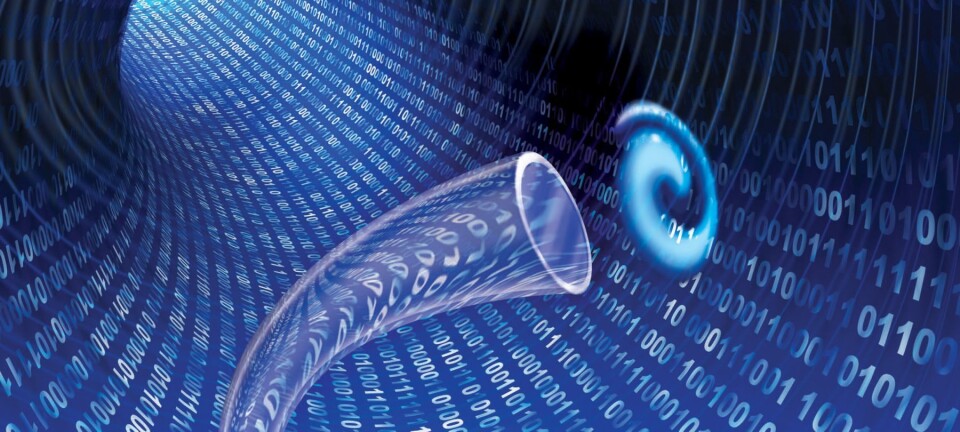
World's fastest chip could make the Internet eco-friendly
Scientists have invented the world's fastest chip, which could help improve the eco-friendly credentials of the Internet.
The Internet and the aerospace industry have one thing in common: they are both terrible polluters, and each account for 2 to 3 per cent of total CO2 emissions.
But the Internet could soon overtake the aerospace industry as it continues to grow exponentially.
"Internet traffic is growing worldwide by about 35 to 50 per cent a year. It puts pressure on the environment, and so it’s imperative that resources are used optimally in future communications infrastructure," says lead scientist Professor Leif Katsuo Oxenløwe from the Technical University of Denmark (DTU).
Oxenløwe’s team recently developed an optical chip, which can process massive amounts of data at break-neck speed--1.28 terabits per second in laboratory tests.
"It's like ripping a one gigabyte DVD in less than ten milliseconds. It’s currently the world's fastest computing time--about 500 times faster than what computer CPUs can provide today," says Oxenløwe.
Data travels as flashes of light
To understand how the chip could change the web's CO2 emissions, it is first necessary to understand the Internet's infrastructure.
The concept of the 'world wide web' can almost be taken literally when it comes to the web's physical connections. Fiber optic cables span the world underground and along the sea floor, connecting computers all around the world.
Information is sent back and forth as billions of small flashes of infrared laser light that are sent to and from data centers, where they are processed and forwarded to individual computers.
The fiber cables essentially contains lots of different infrared signals, side by side, sent by lasers located at the either end of the cable. Each laser beam carries data from one end of the cable to the other in a so-called parallel system.
"At the moment we send many different parallel signals, simultaneously. When you receive the signals in the data nodes, you must separate them and treat the data separately before sending it on,” says Oxenløwe. “It has a lot of components and it costs a lot of energy. So we try to get rid of many of the energy-intensive components in order to reduce wasted energy.”
Super Chip could replace small components
This places high demands on the chip, which will take over the work of hundreds of older nodes.
"Our new chip could, in principle, address all of data signals on the internet today. Due to its bandwidth of several hundred nanometers and enormous speed, it has the potential to replace a lot of the energy-intensive small components," says Oxenløwe, who thinks that the new chip could reduce energy consumption by up to 1000 times in some parts of the network.
But there is a long way to go before the chip can be used.
"The chip is not ready to be part of the current system, but we are in for the long haul rather than looking at short-term solutions. We are researching technologies that make a difference in the long term," says Oxenløwe.
Laboratory tests are still far from reality
According to Martijn Heck, associate professor at Aarhus University's Department of Engineering, there is urgent need to focus on the Internet's environmental impact.
We should prioritize research on energy efficient communication technology to the same degree as solar cells, he says.
"CO2 emissions from the Internet are enormous, and the problem cannot be overemphasized. With proper communication, we can multiply the energy efficiency every year," says Heck.
But Heck cannot yet say when the new chip could be applied in real life.
"It’s difficult to transfer these laboratory-based experiments, where you have ideal conditions, to real systems--so I have my reservations,” he says.
“The technology has the potential to improve energy efficiency in the long term, but we still need evidence that this type of technology is sufficiently energy efficient," says Heck.
------------------
Read the Danish version of this story on Videnskab.dk
Translated by: Catherine Jex









